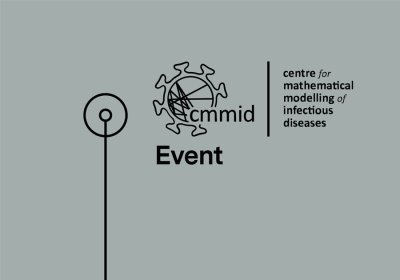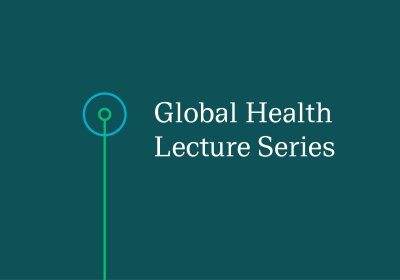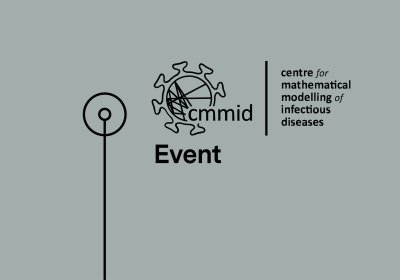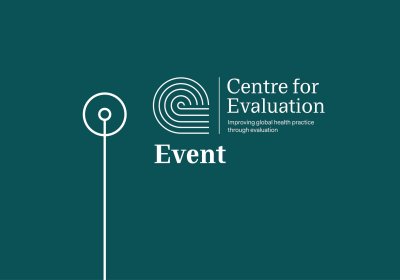Statistical methods for linking geostatistical maps and transmission models
Application to lymphatic filariasis in Africa

Geostatistical modelling is increasingly used in epidemiology to combine surveys from multiple locations into a detailed model of local prevalence or incidence. Spatial heterogeneity is recognised as an important epidemiological factor in many diseases, however predictions of future cases are frequently performed on aggregated data, risking the epidemiological fallacy.
When mathematical modelling is used to evaluate potential intervention strategies, spatial heterogeneity is also frequently ignored. Motivated by this fact, we developed a novel methodology to combine geospatial models of disease prevalence with transmission models of epidemic dynamics in order to make maps of future projections of disease. An important feature of the approach is the ability to capture uncertainty at every stage through a Bayesian framework.
The value of using the developed methodology is demonstrated on lymphatic filariasis in Africa, where by exploring the effect of a variety of intervention strategies on the future predictions, we will able to give advice to the national control programmes on the best routes towards elimination with their appropriate uncertainty.
Panayiota Touloupou is a Research Fellow from the Department of Statistics, University of Warwick. Her research spans from mathematical modelling of infectious diseases and the statistical methods needed for model fitting, to the epidemiology of pathogens she is modelling. Since 2016 Panayiota is a Research Fellow in the Department of Statistics at the University of Warwick on the project “Projections on eliminating neglected tropical diseases”, working to develop new methods of linking geospatial models of disease prevalence with transmission models of epidemic dynamics in order to make maps of future projections of disease. In her PhD she developed new inference methods to learn the epidemiology of Escherichia coli O157 in cattle.
If you are unable to attend this lecture, follow the link below to watch it live or afterwards:
Admission
Contact






